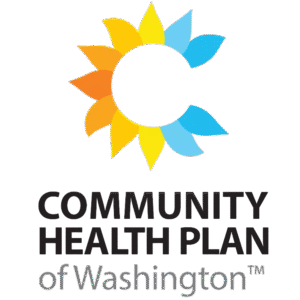“PolicyMap helped us turn data into action—supporting our commitment to addressing social risks and improving health outcomes in the communities we serve.”
See how PolicyMap can help your organization.
Challenge
Across the organization, Community Health Plan of Washington’s (CHPW) teams faced a common challenge: how to access and apply trusted social drivers of health (SDOH) data in ways that supported their specific goals. While CHPW’s SDOH team needed data for accreditation and equity reporting, the Population Analytics team required it for advanced analytics and modeling. Both groups struggled with the same underlying issue - finding a reliable, efficient way to work with complex community-level data.The organization’s SDOH team needed detailed, community-level data to prepare for NCQA Health Equity Accreditation Plus. They needed to report on social risks such as poverty and food insecurity, then compare those risks with their members’ needs across specific service areas. Without the right tools, gathering and analyzing this data would take significant time and effort.
The Population Analytics team required reliable SDOH datasets, like the Area Deprivation Index (ADI), Social Vulnerability Index (SVI), and food insecurity rates, for dashboards and predictive modeling. The team sought a way to integrate these datasets into their workflows without cumbersome data wrangling or inconsistent update schedules.

Solution
PolicyMap addressed both teams’ needs by providing a user-friendly web platform for visual analysis and licensed data for direct integration into CHPW’s dashboards and predictive models.For the SDOH team, PolicyMap’s custom region feature allowed reporting by Washington’s nine Integrated Managed Care regions rather than 30+ counties, while “Community Profiles” and multi-layer mapping identified communities facing overlapping risks. Stratified poverty data by race and ethnicity supported alignment with NCQA accreditation criteria.
The Population Analytics team licensed PolicyMap data for direct use in their dashboards and predictive models. They utilize the Social Vulnerability Index and Area Deprivation Index, alongside poverty, housing instability, and food insecurity indicators in their analytics and modeling.
PolicyMap has proven to be a valuable tool for CHPW, streamlining their NCQA Health Equity Accreditation Plus preparation, guiding food insecurity interventions, and laying the groundwork for predictive analytics rooted in social risk. As CHPW continues to prioritize whole-person care, it plans to explore PolicyMap’s expanding datasets and geographic capabilities and deepen its use of PolicyMap data as its own predictive analytics efforts evolve.